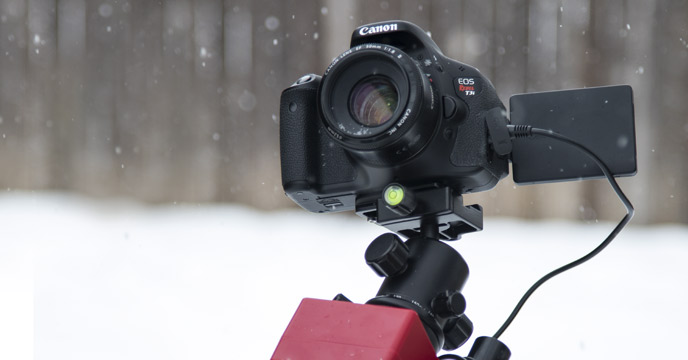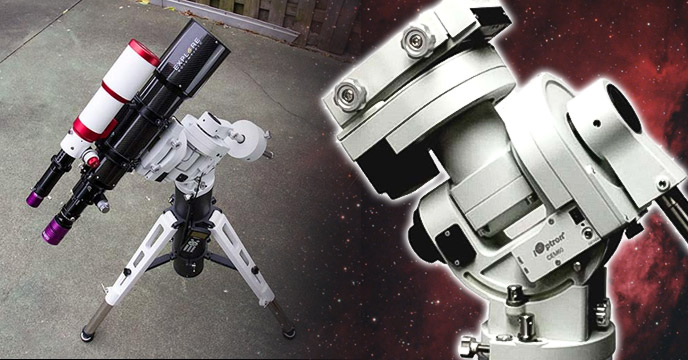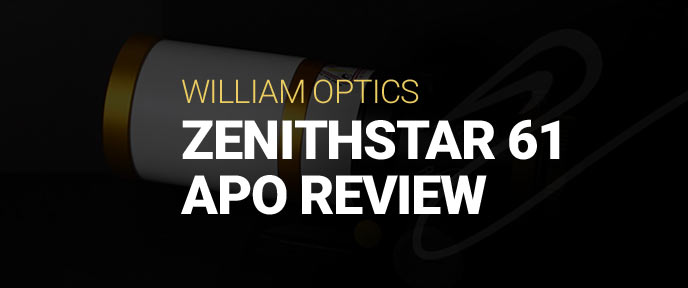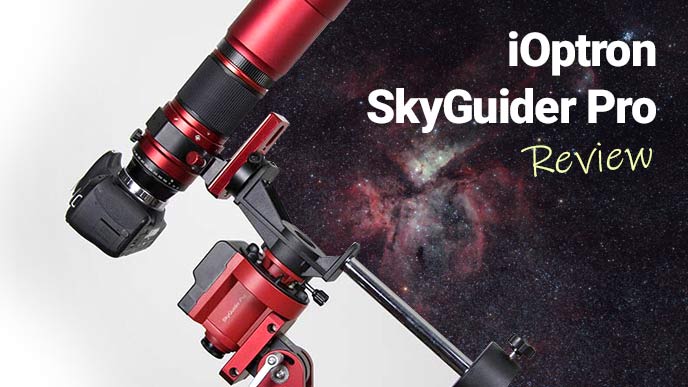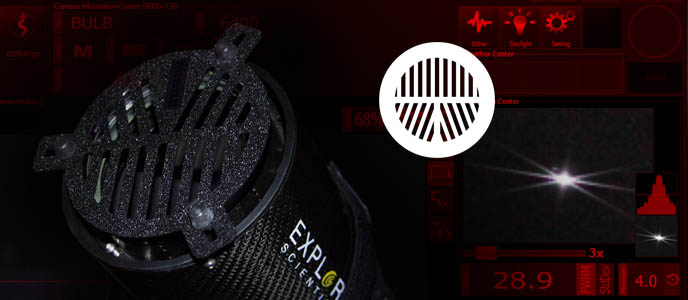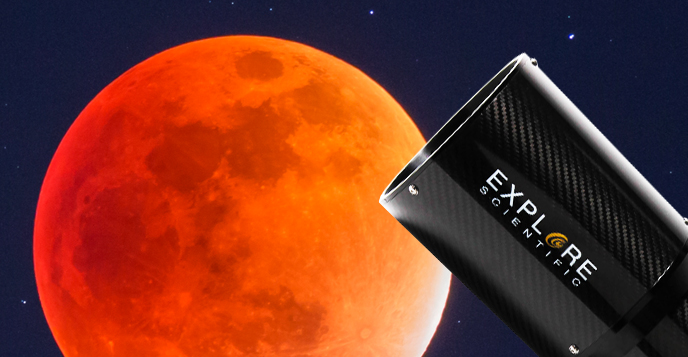The Best Lens for Astrophotography (That You Probably Already Own)
In my opinion, the best astrophotography lens is one that can capture a variety of images of the night sky in a reliable and consistent way. Not all camera lenses are created equal, and imaging a night sky full of pinpoint stars has a way of bringing out the worst (or best) of your lens’…

